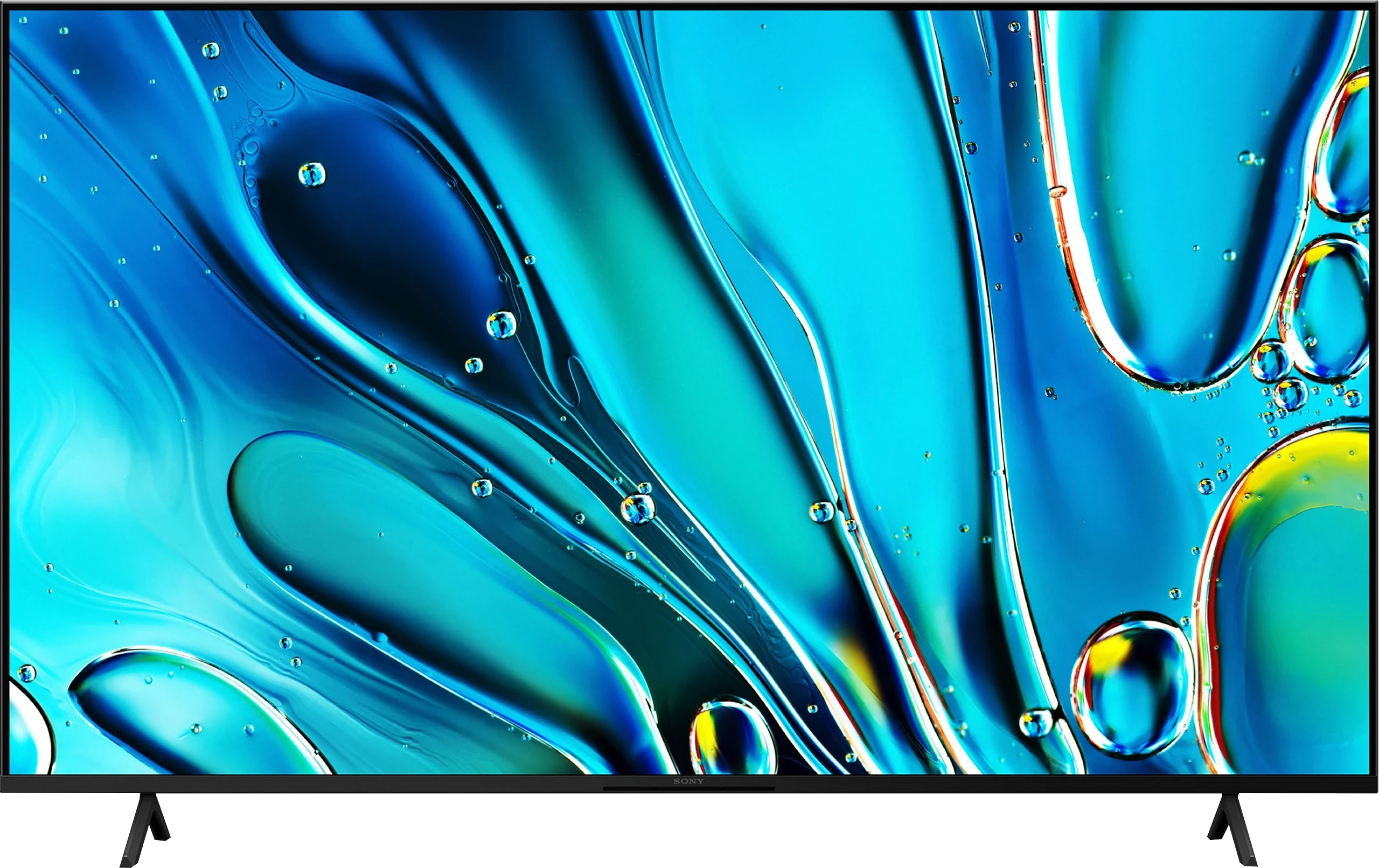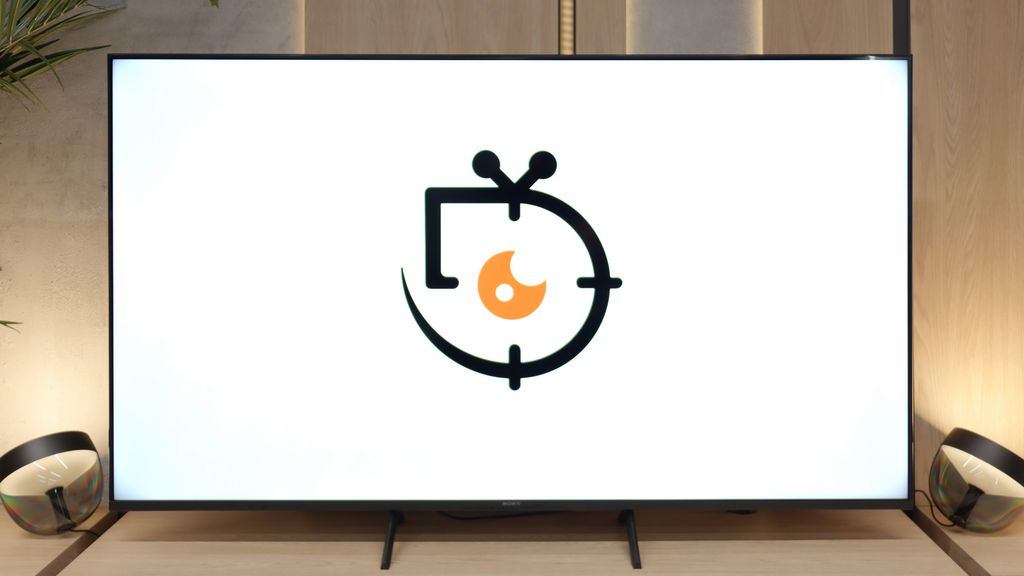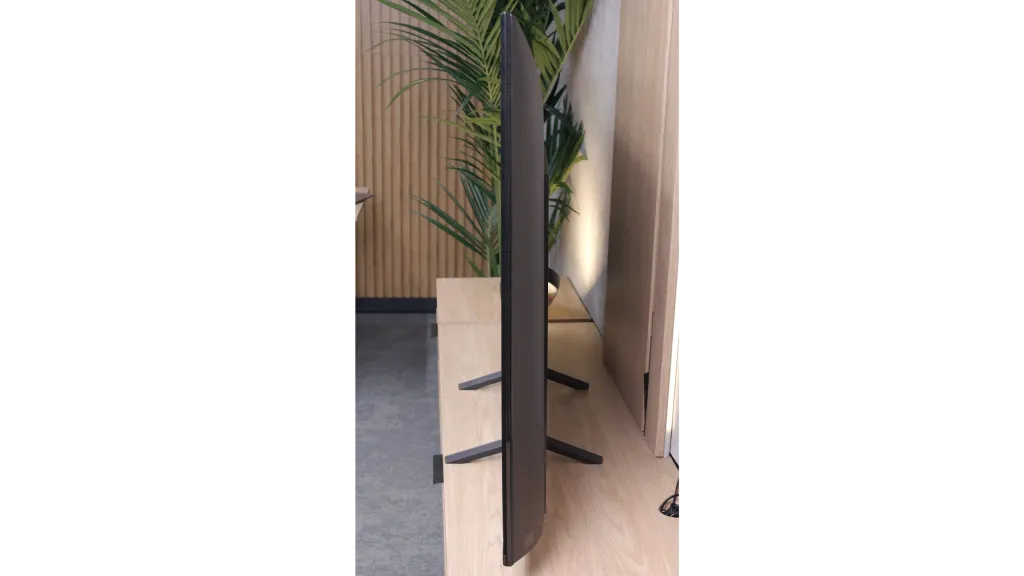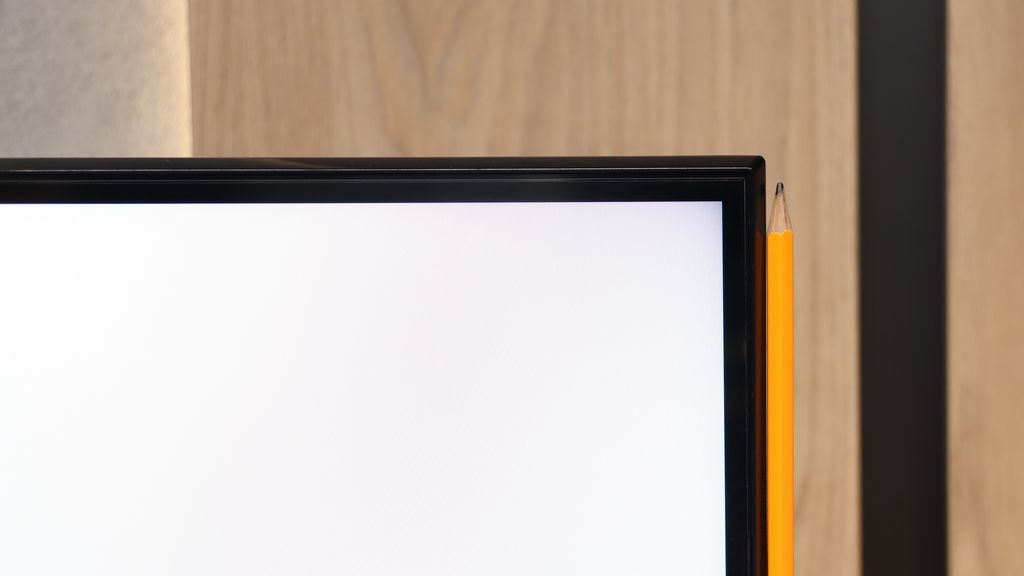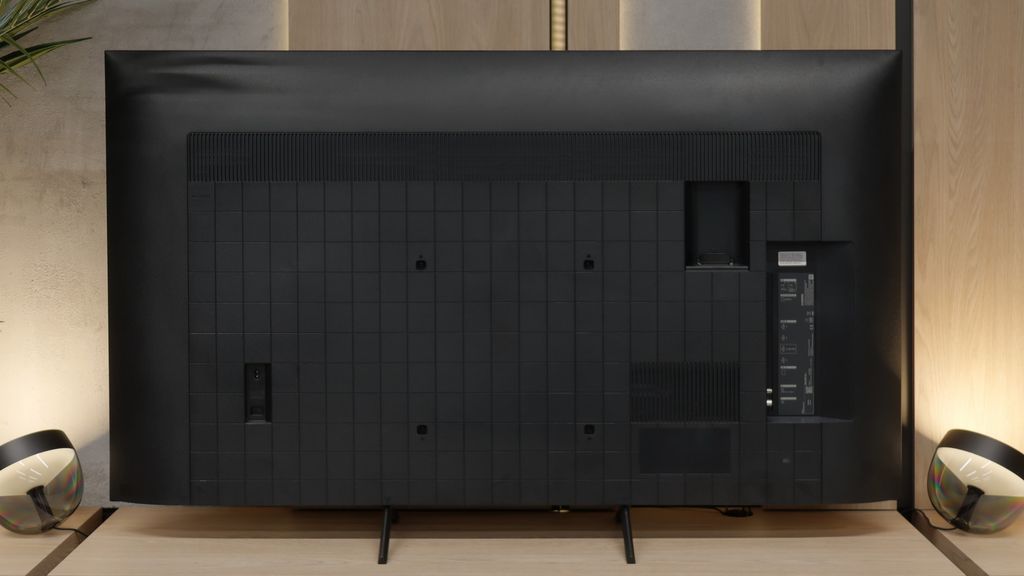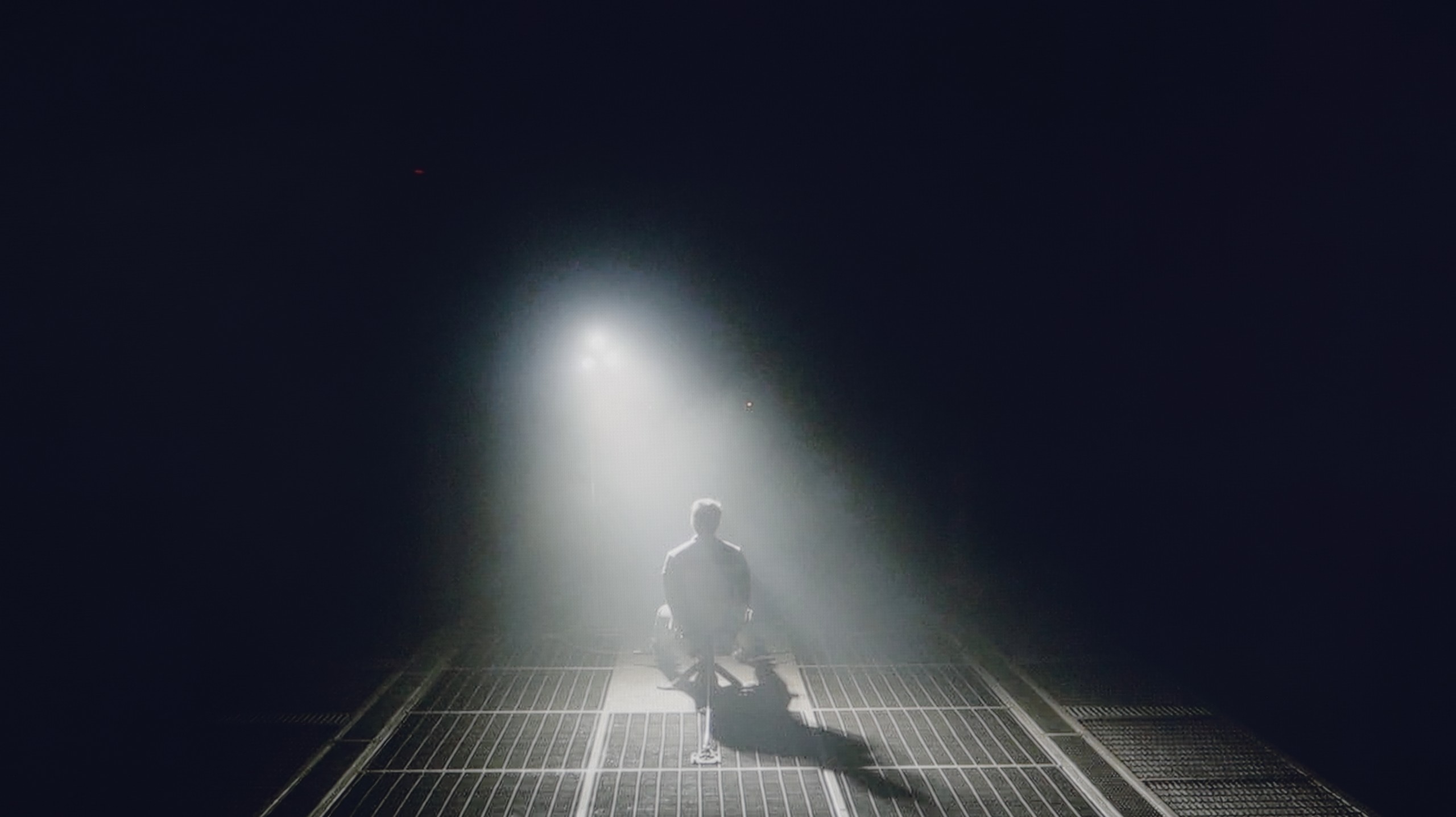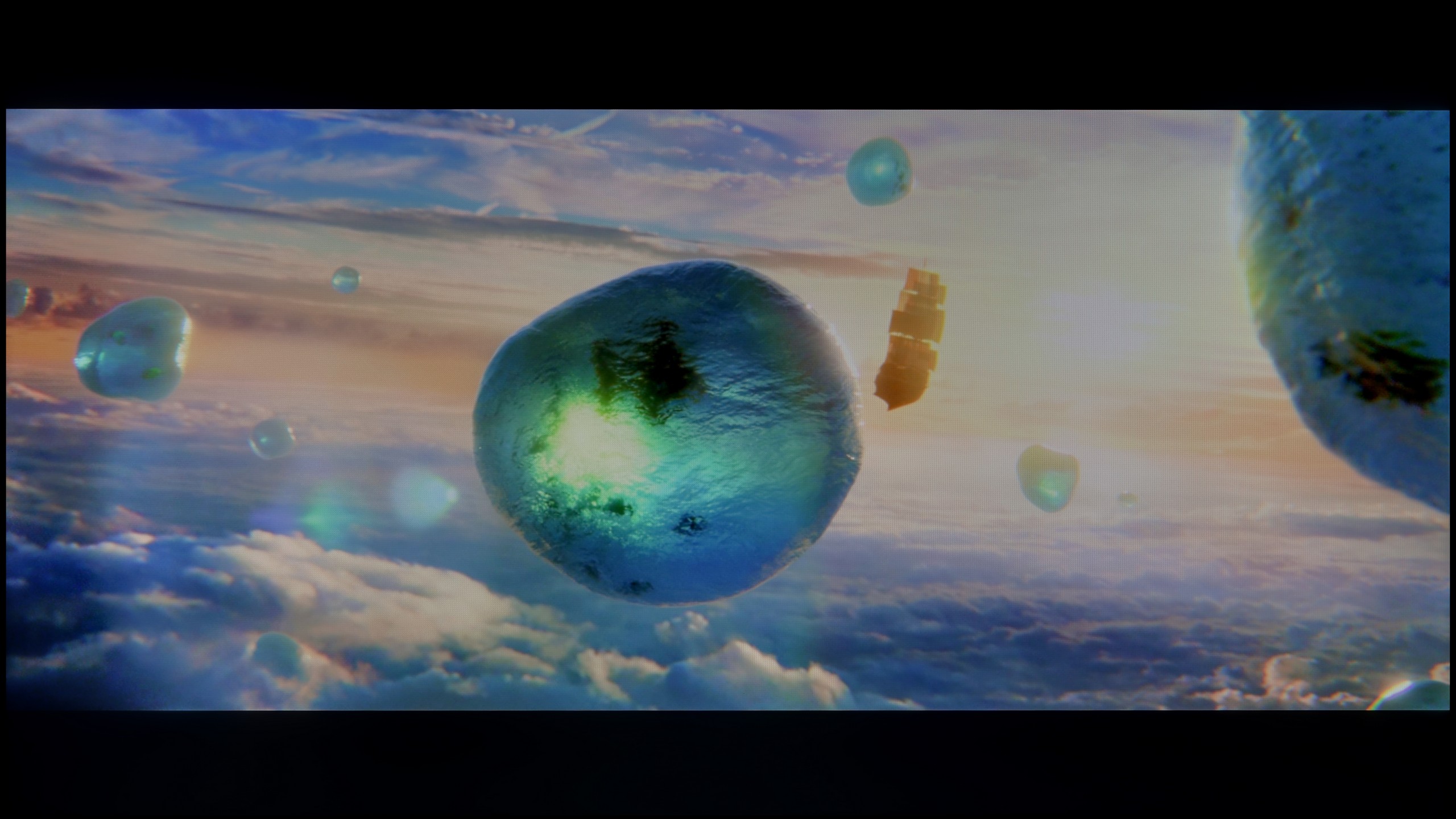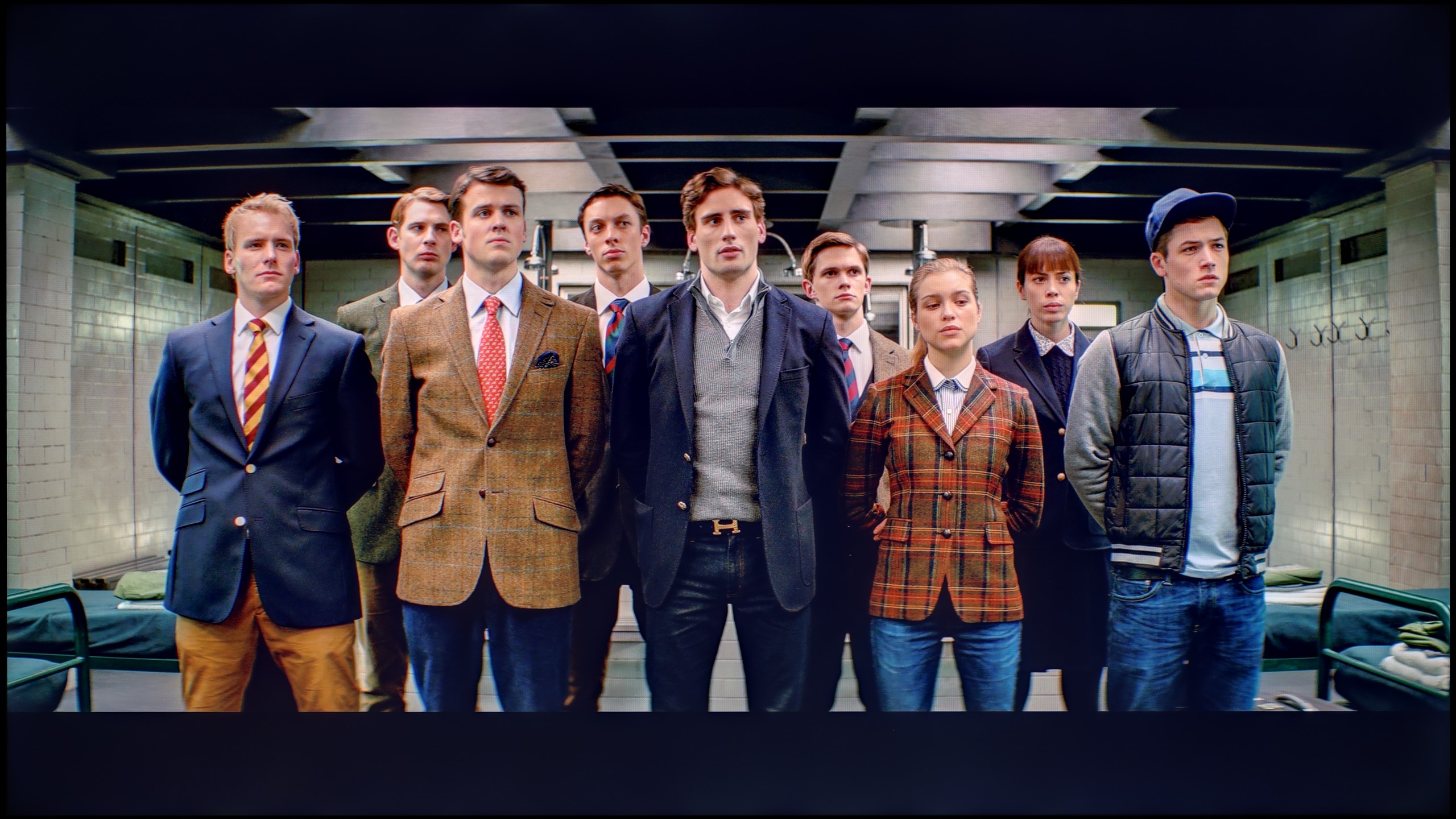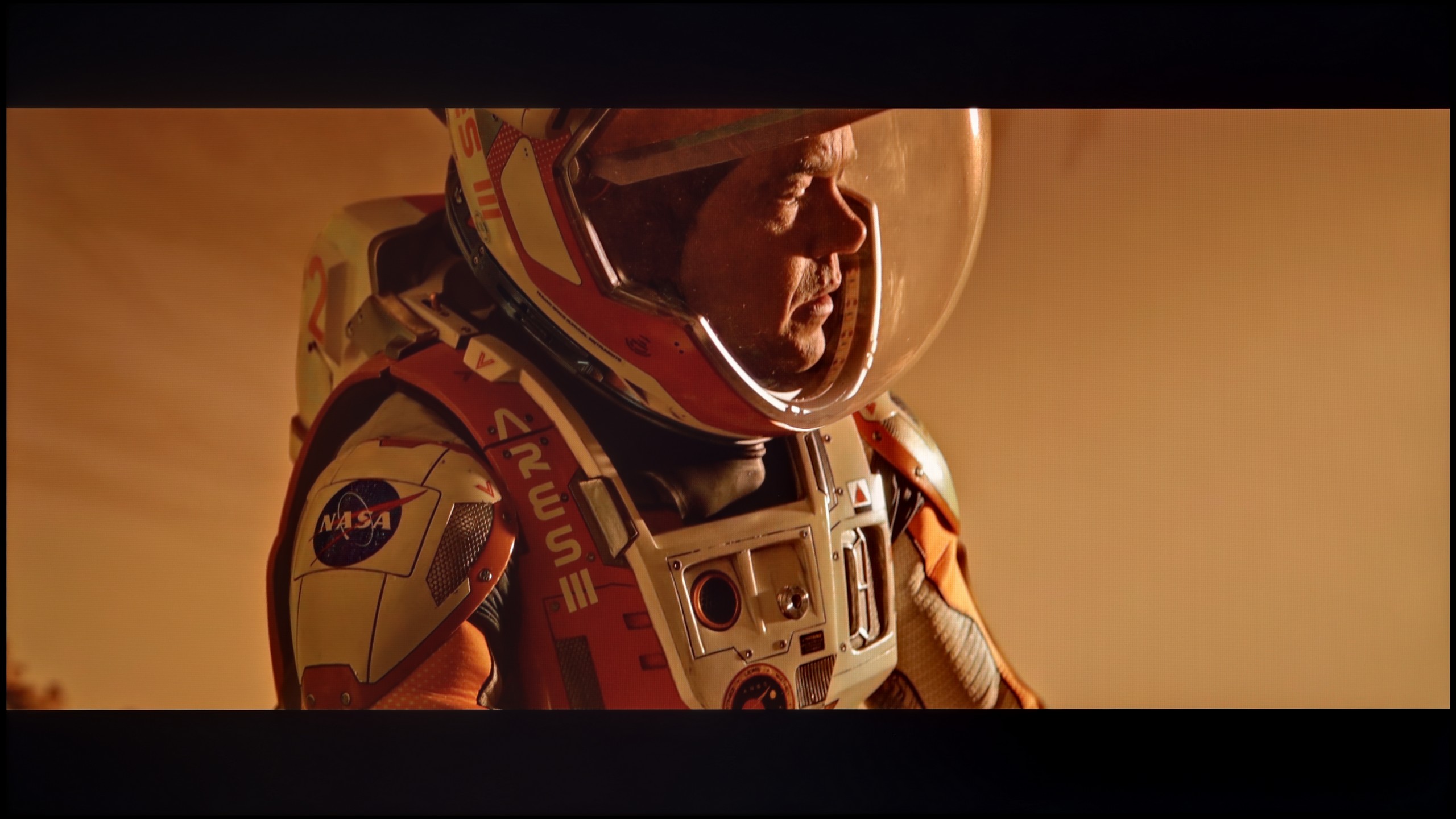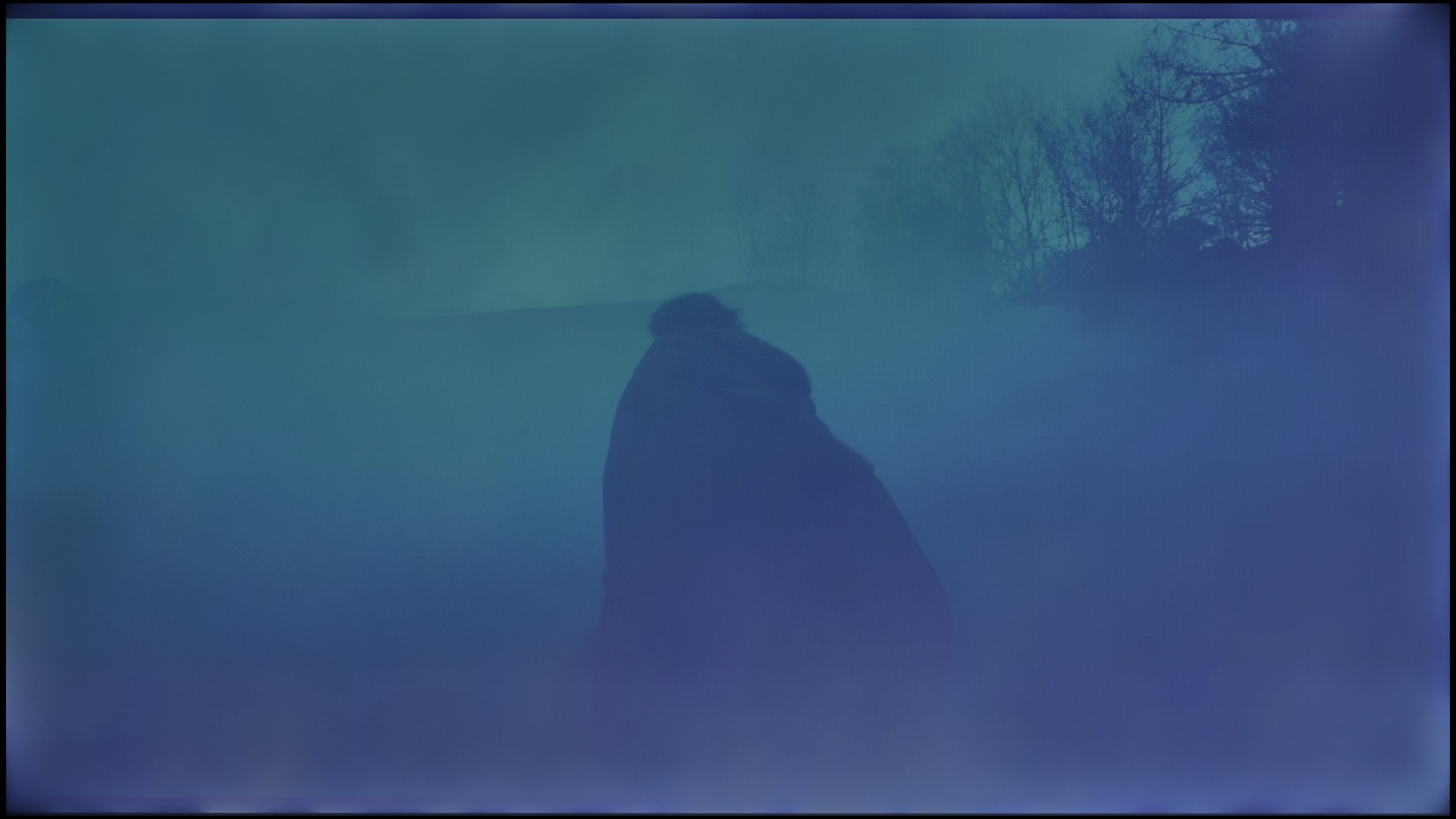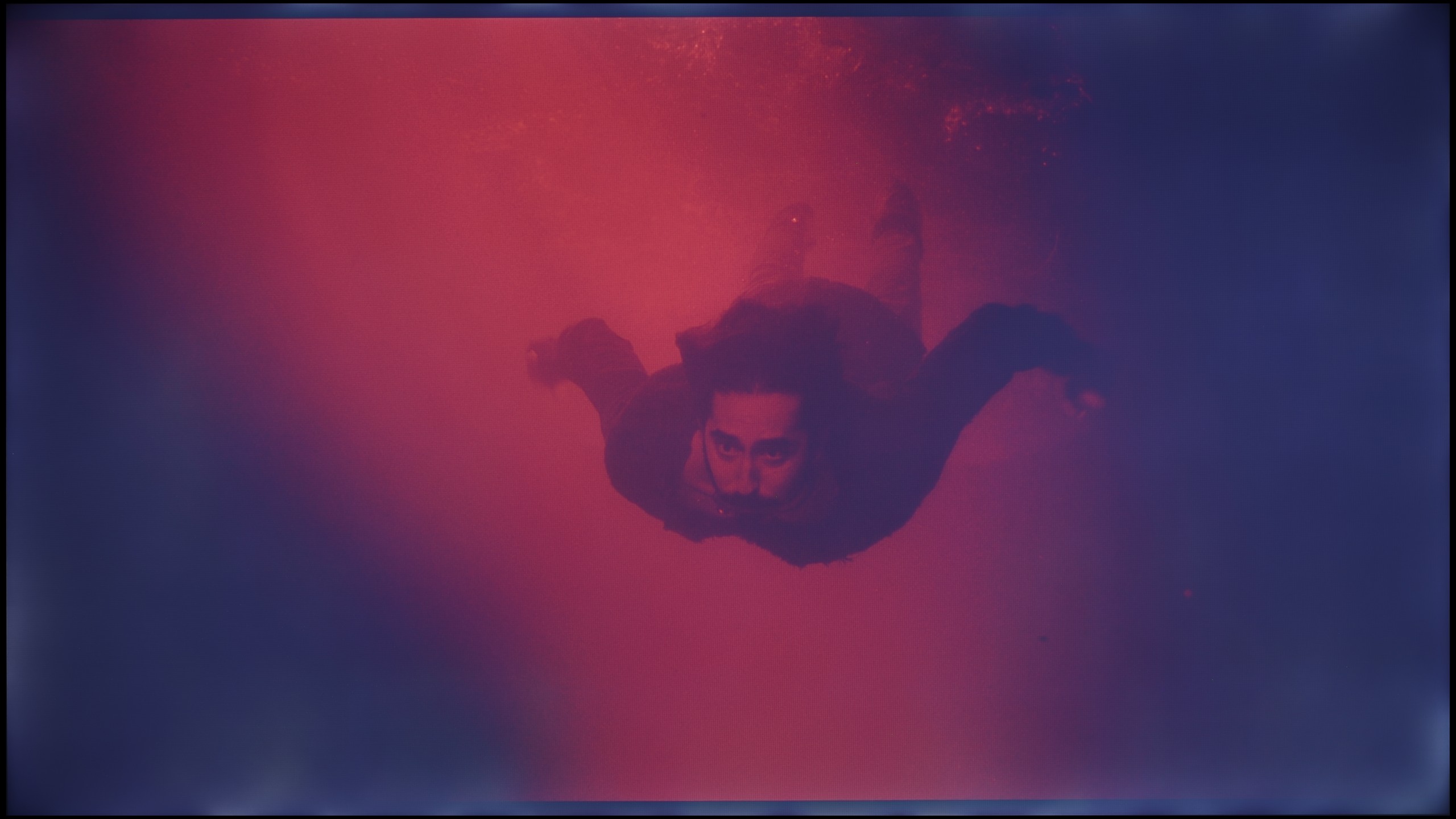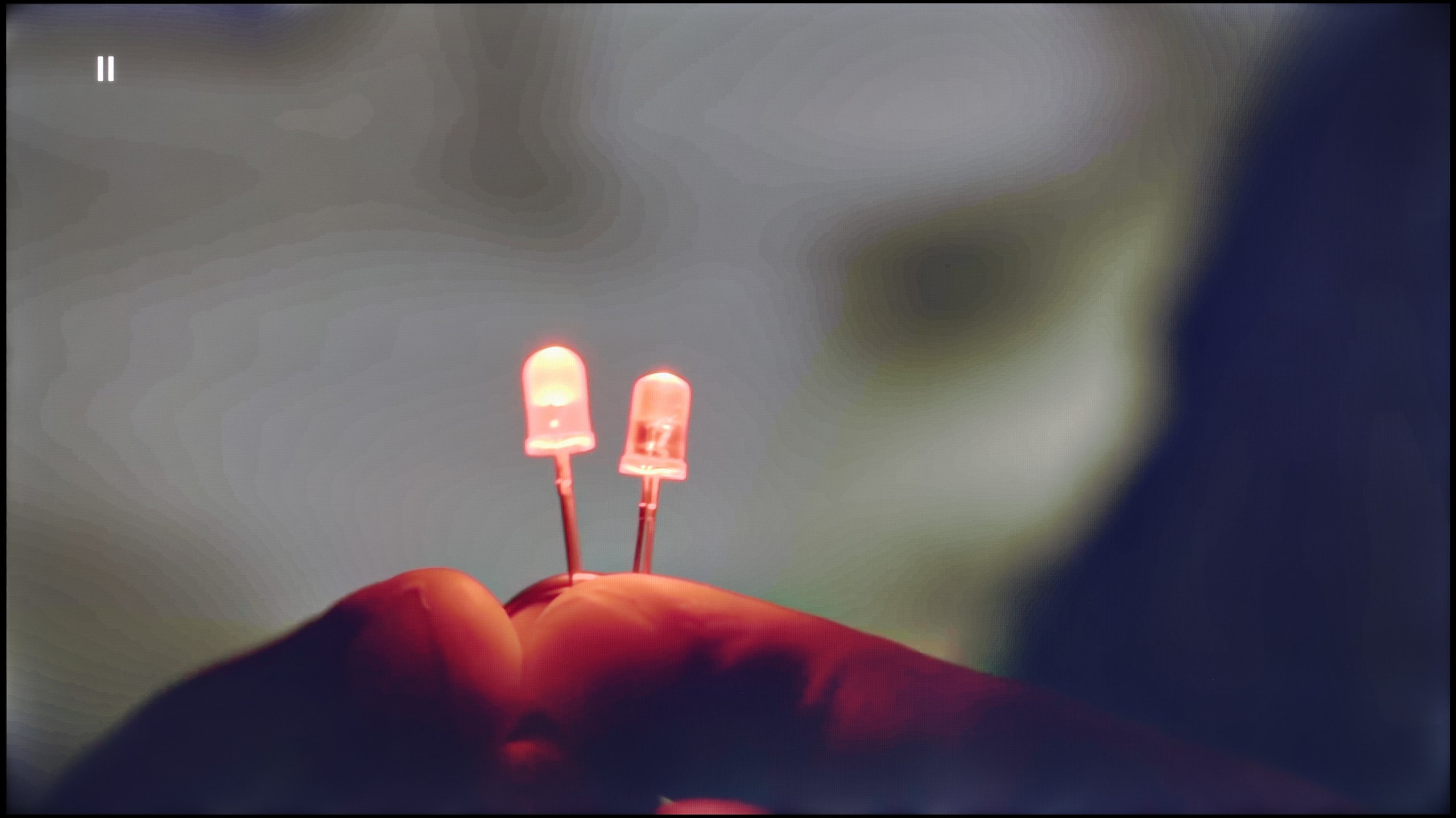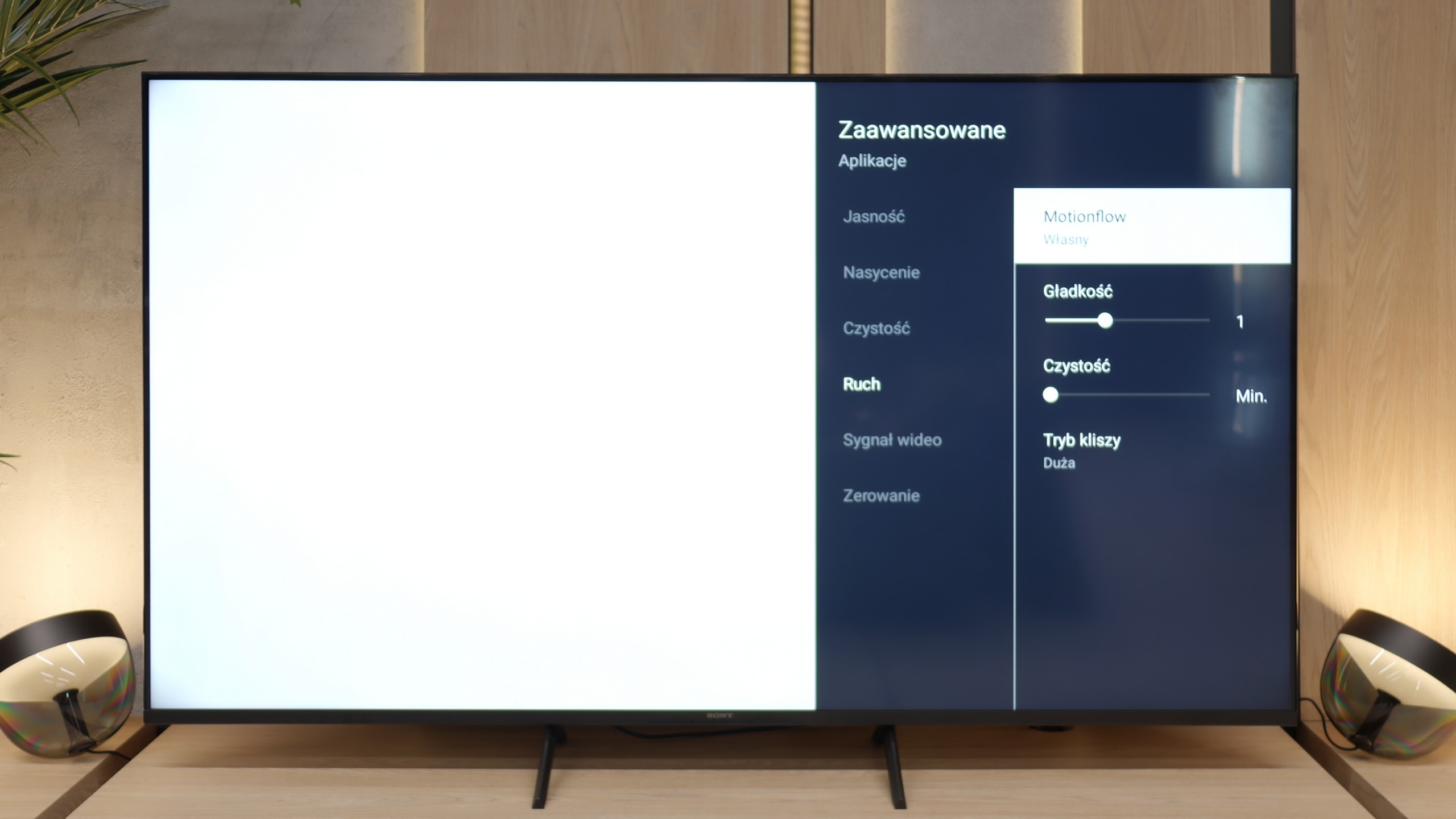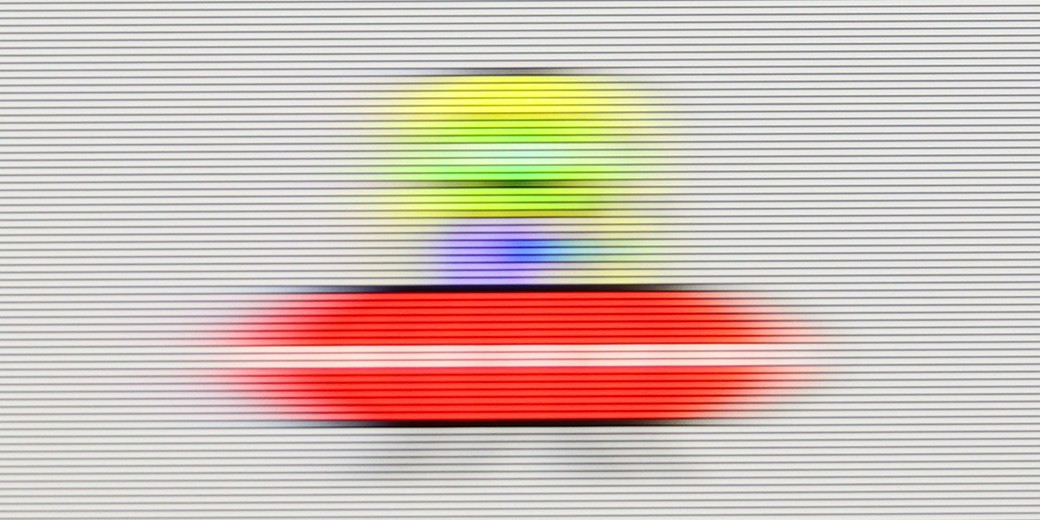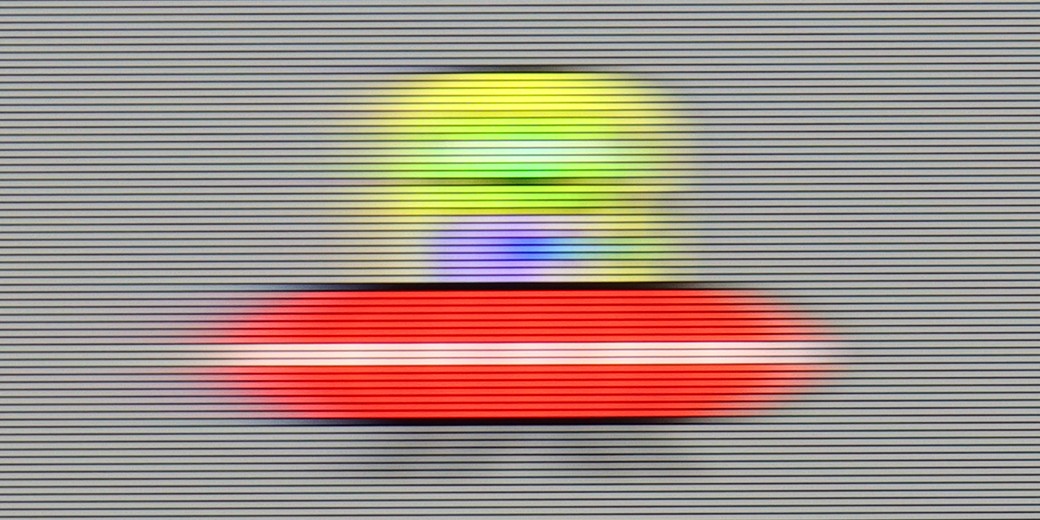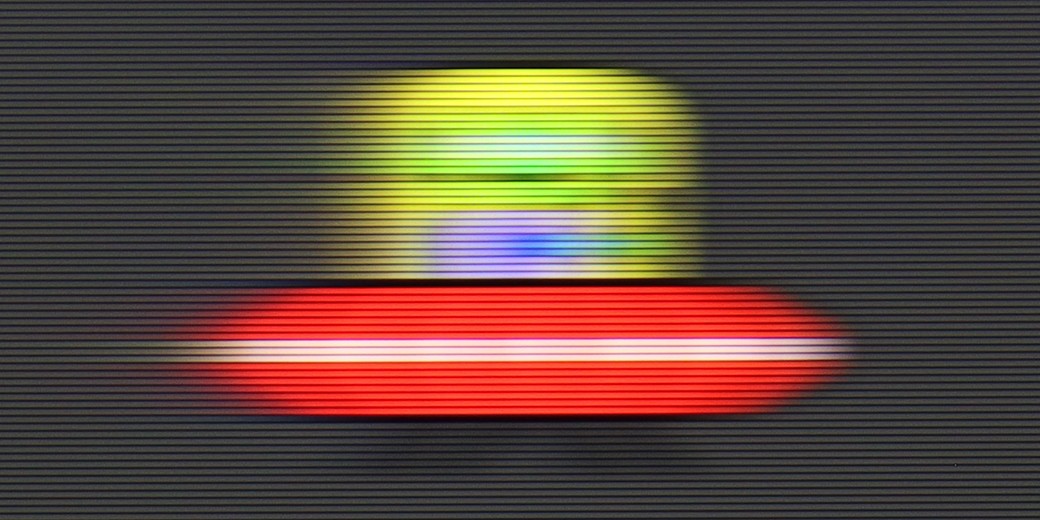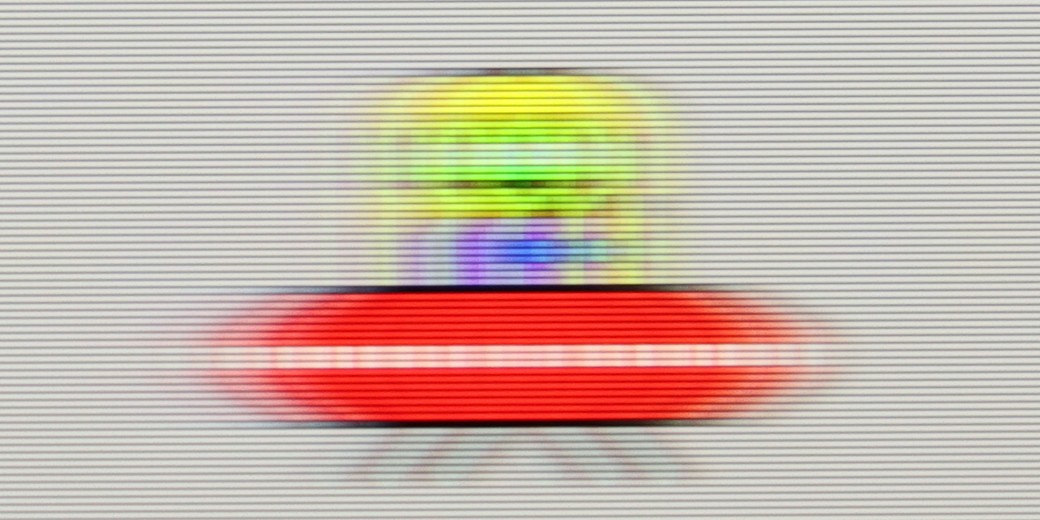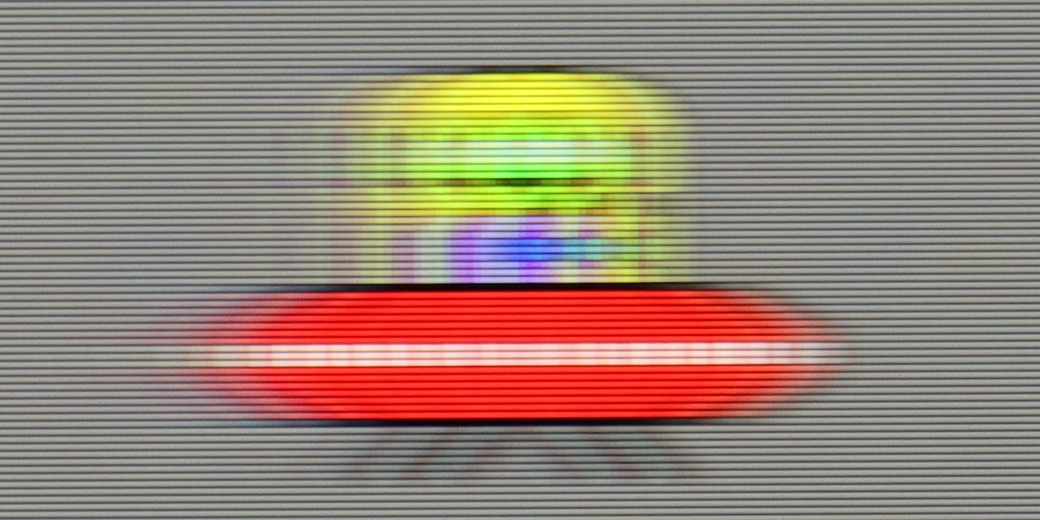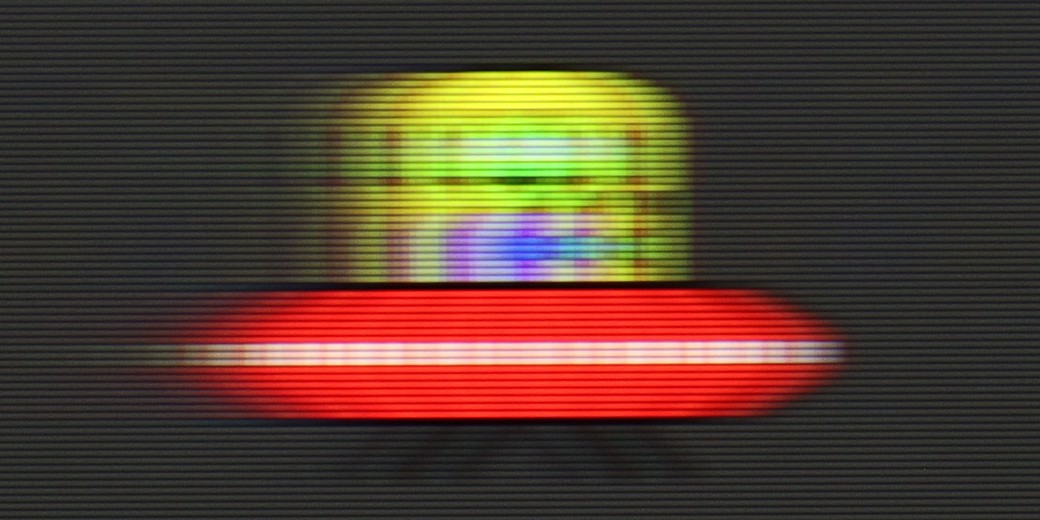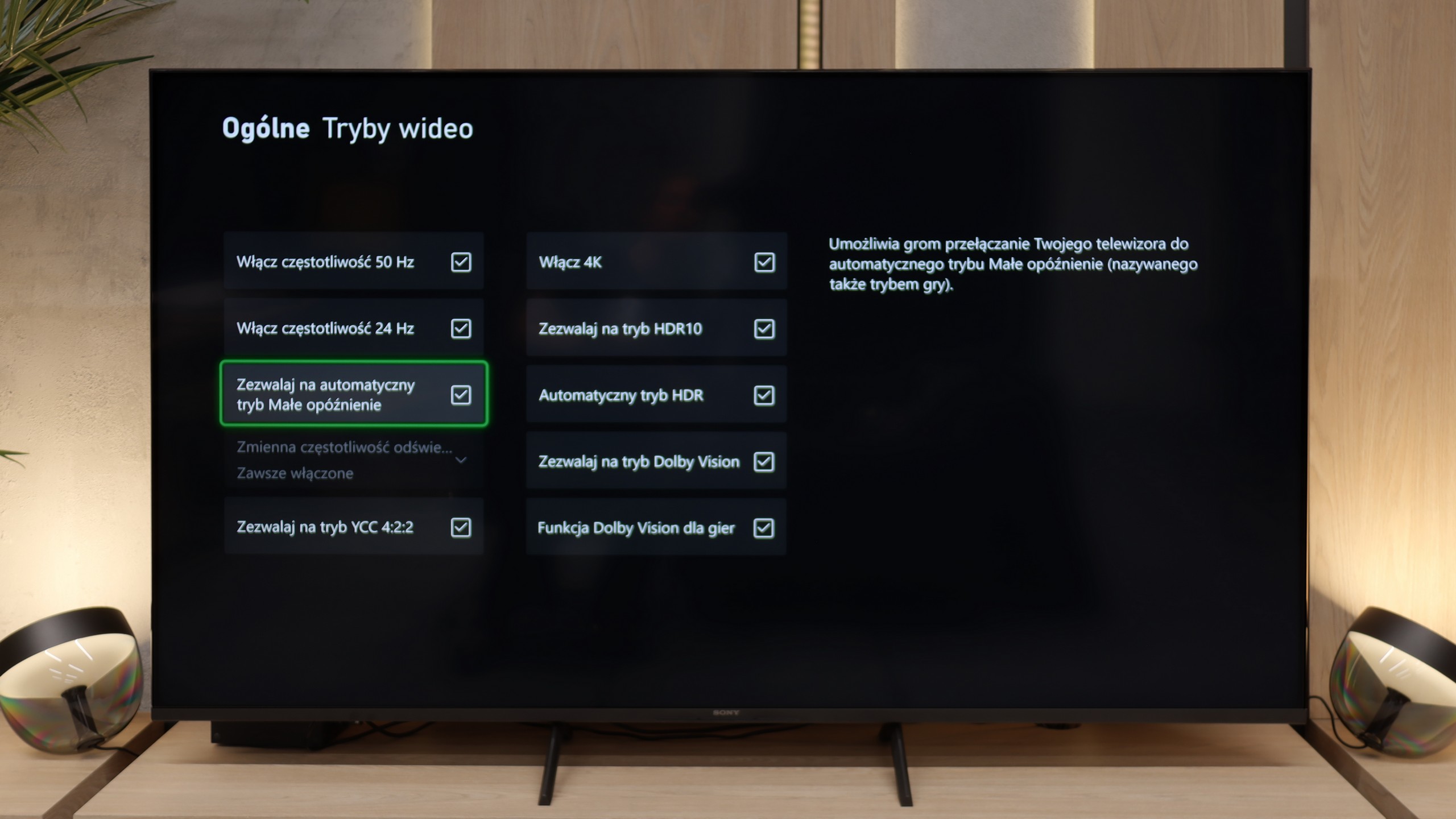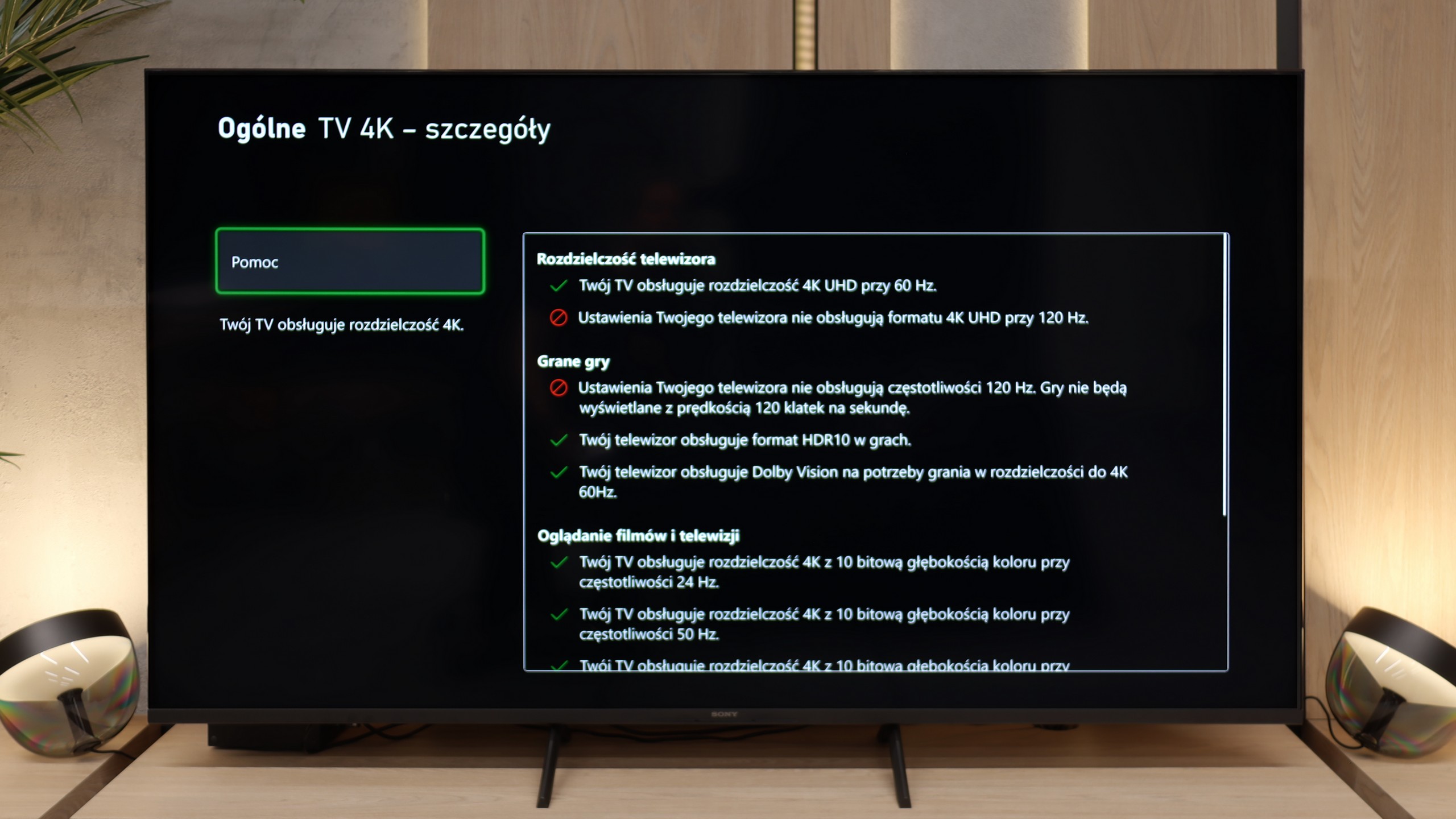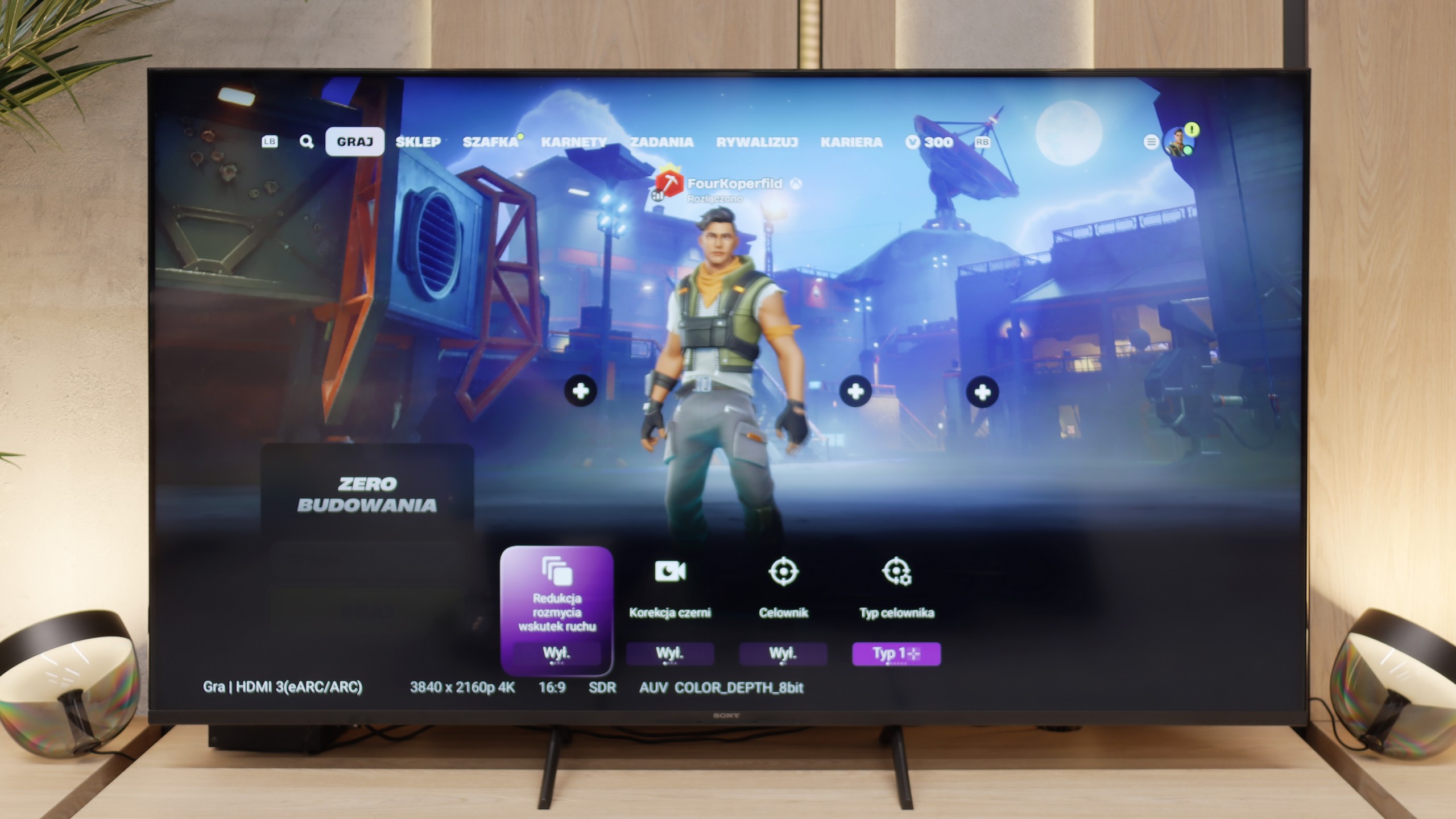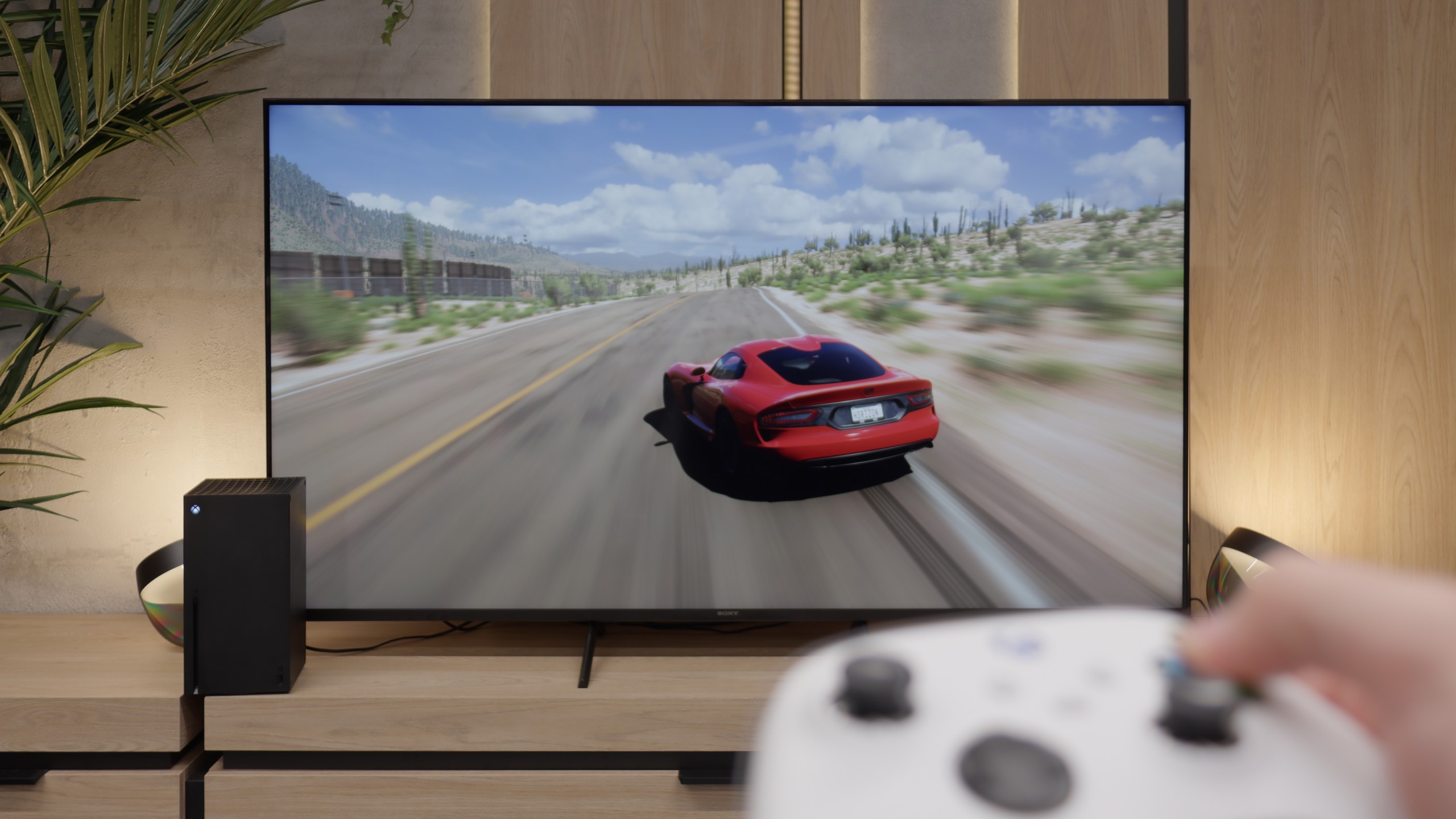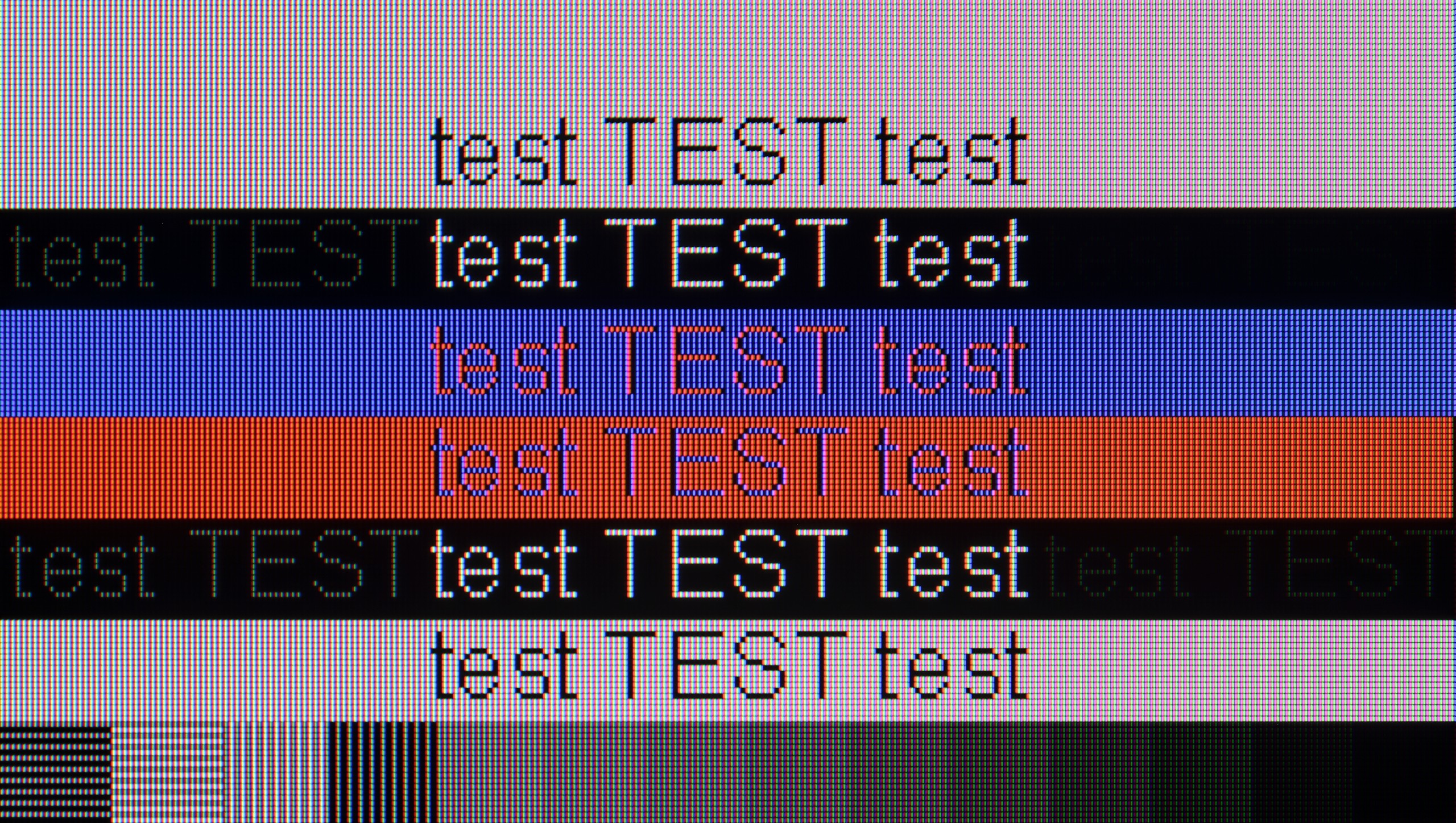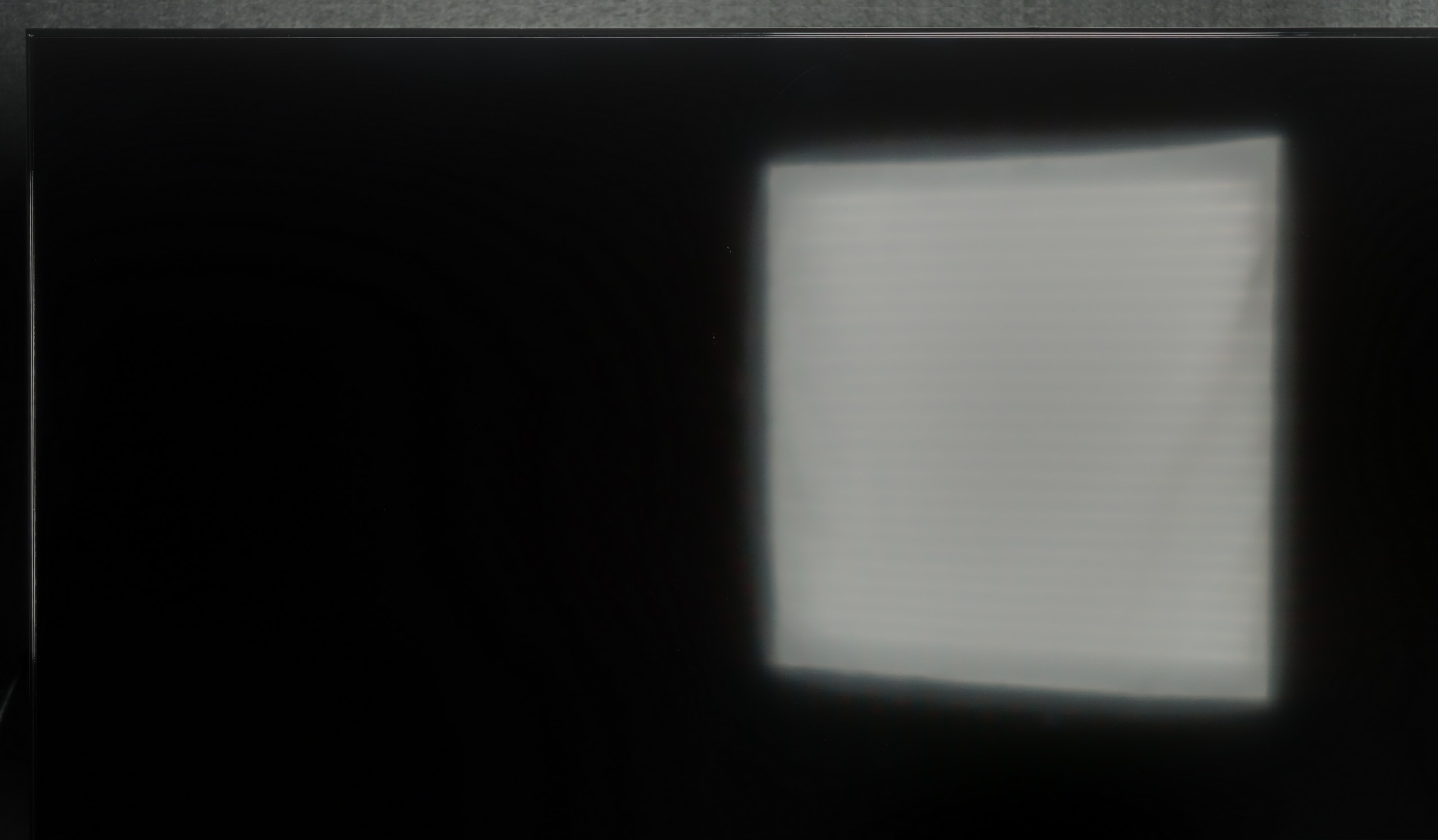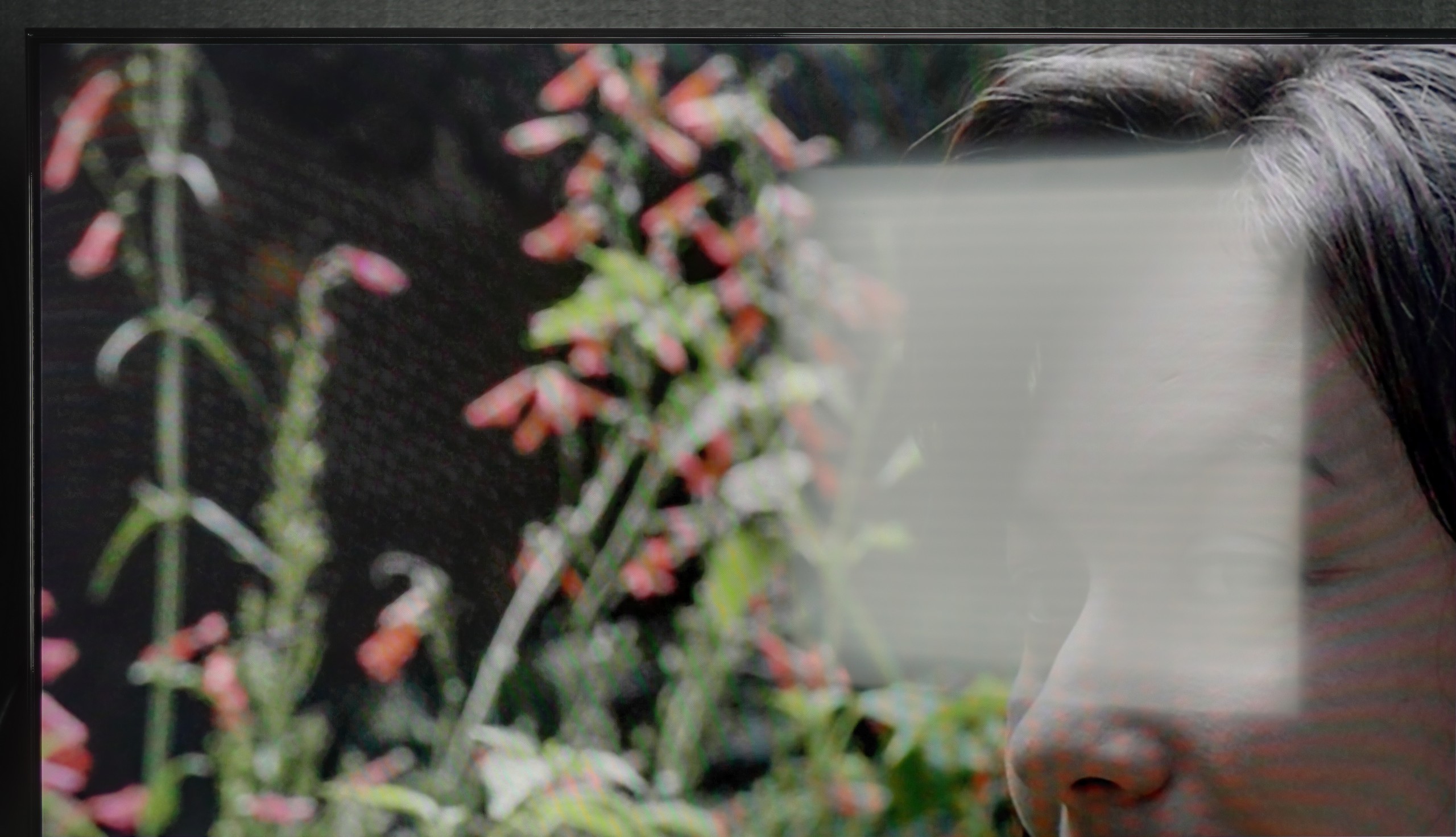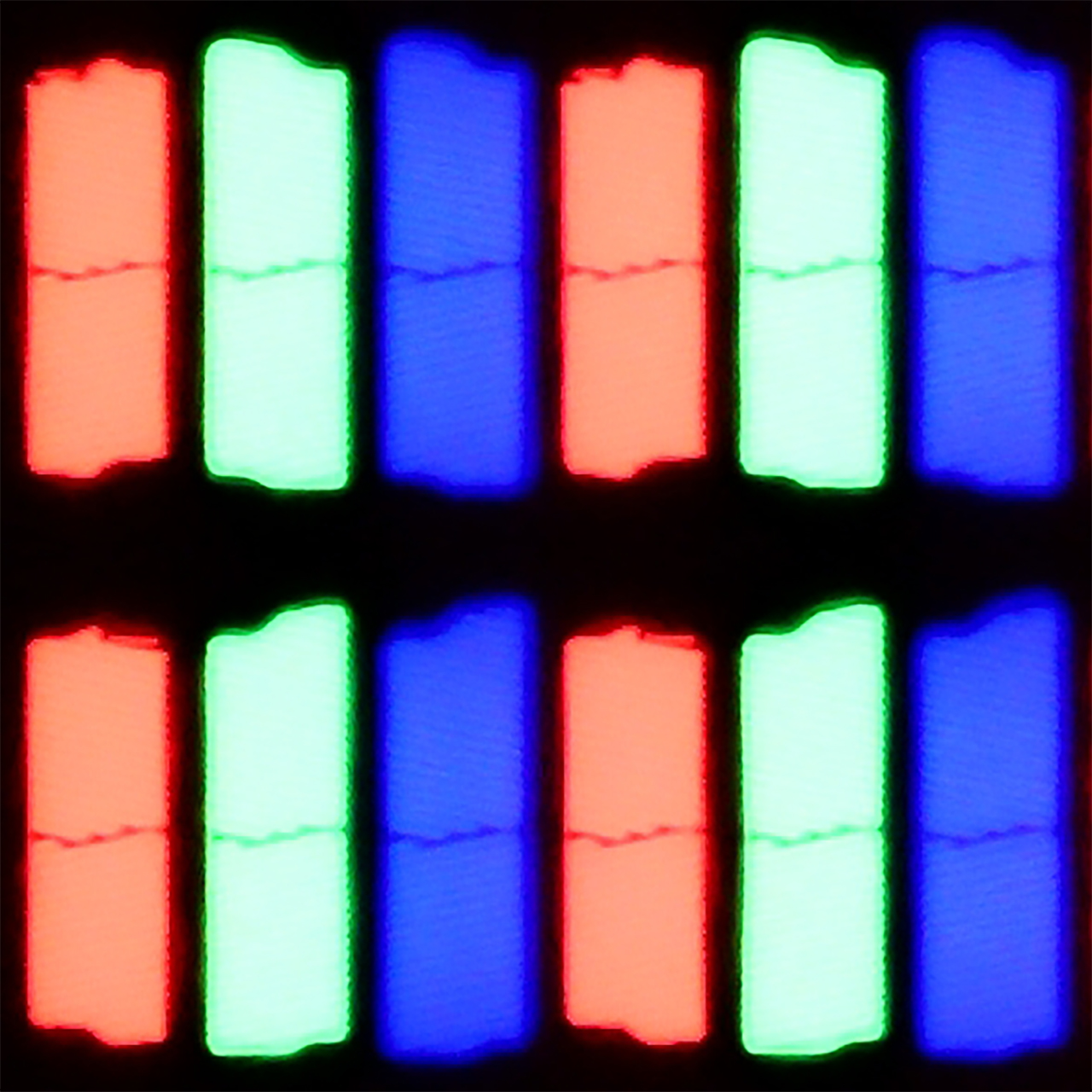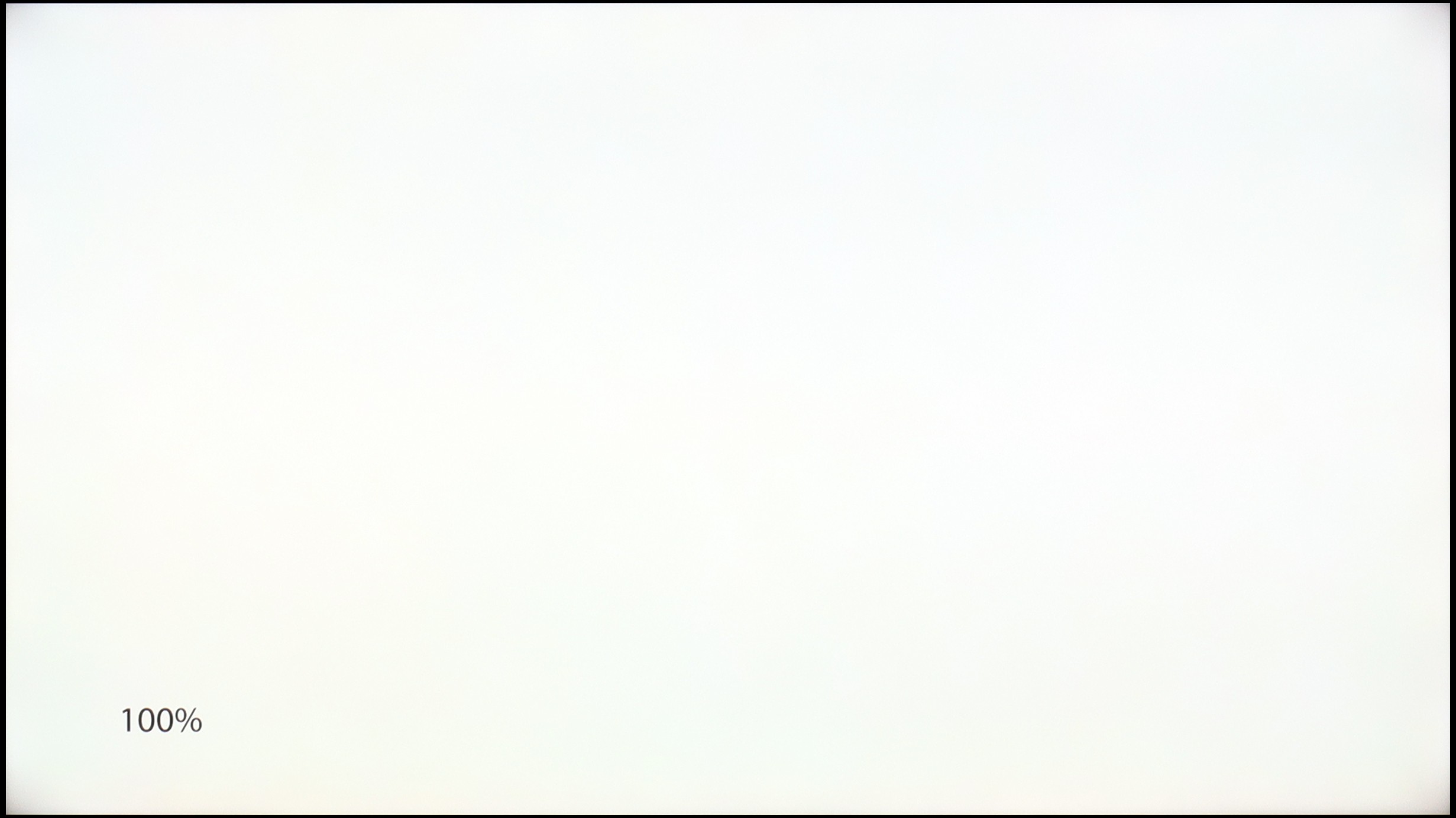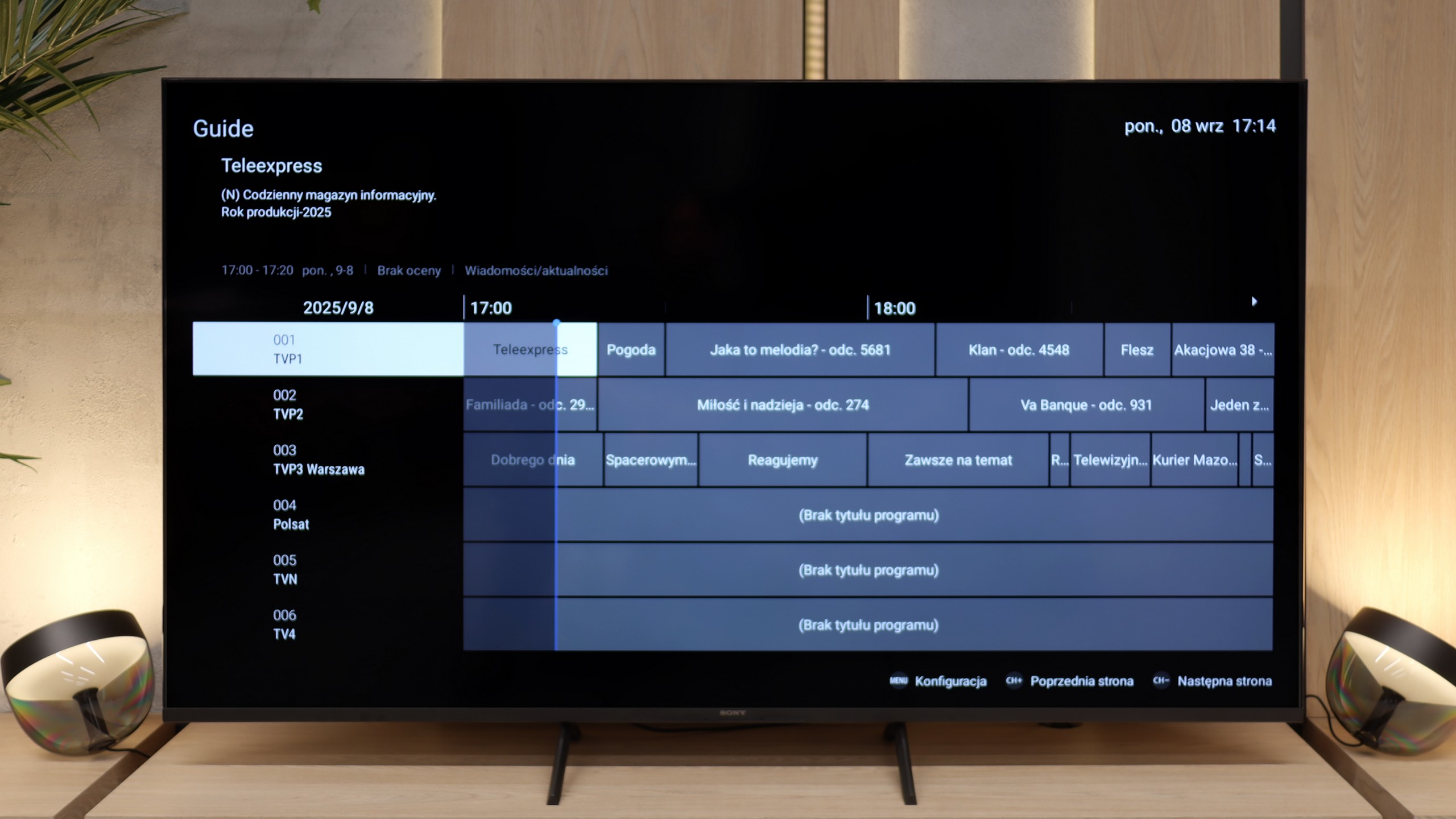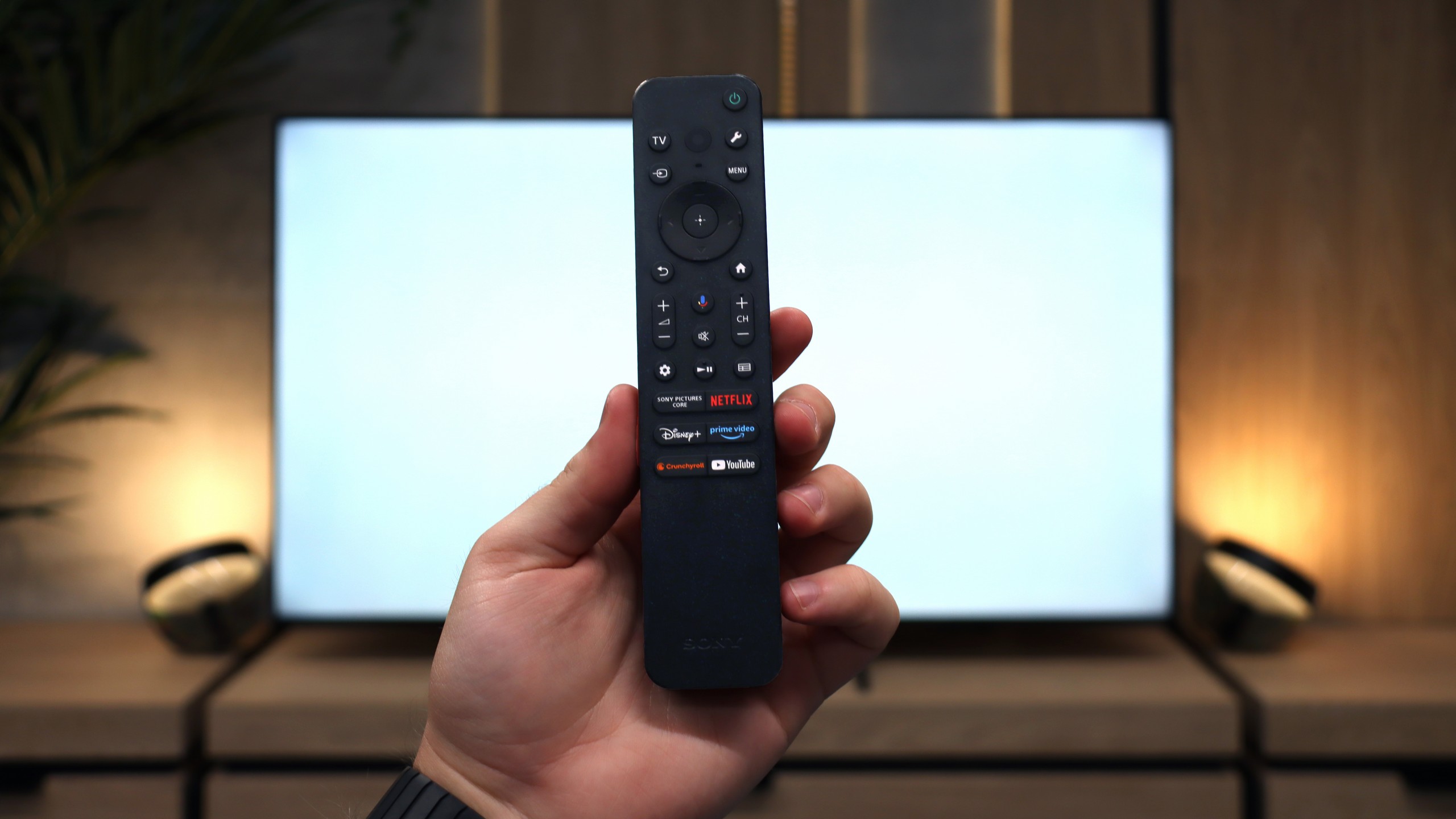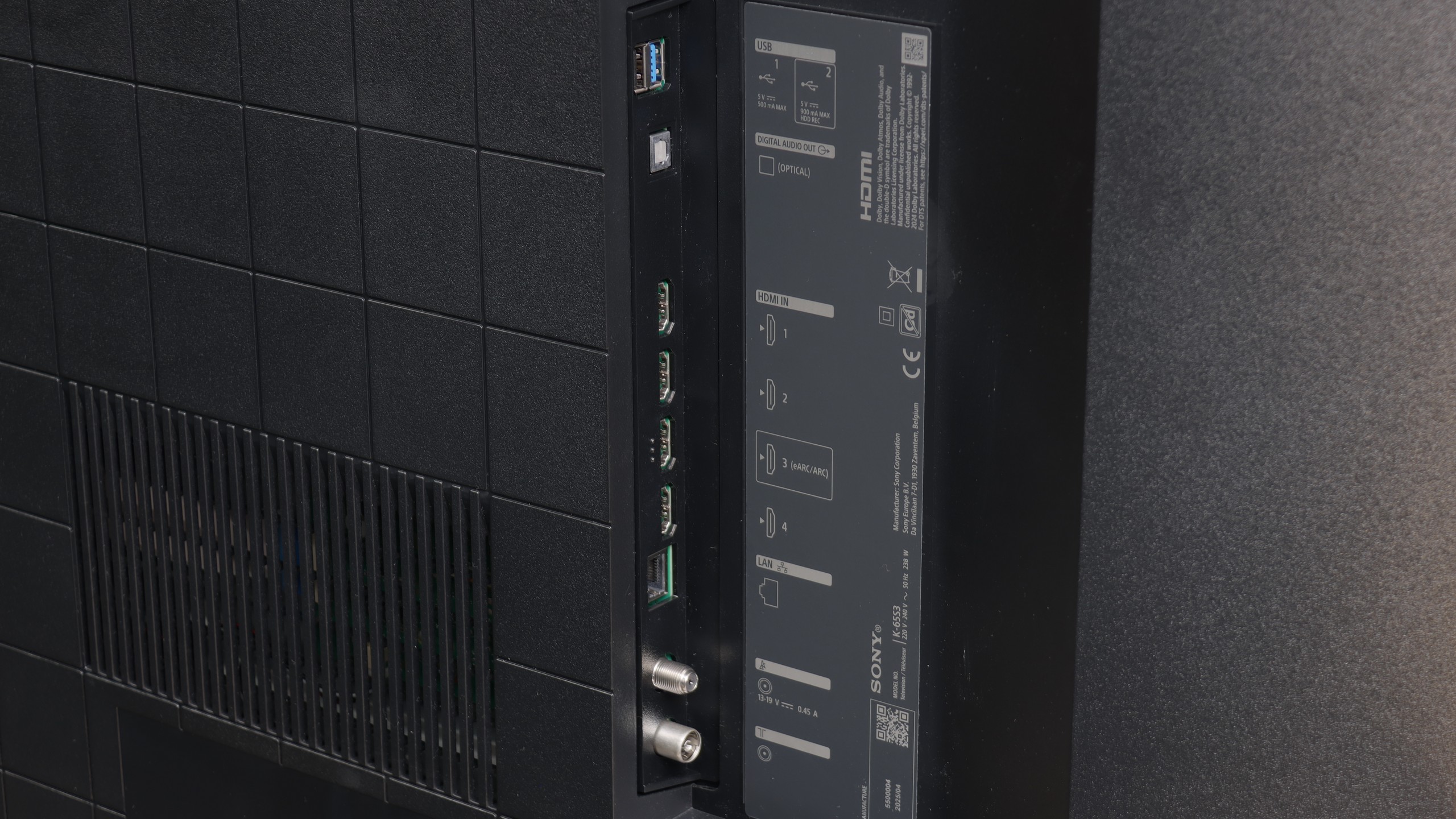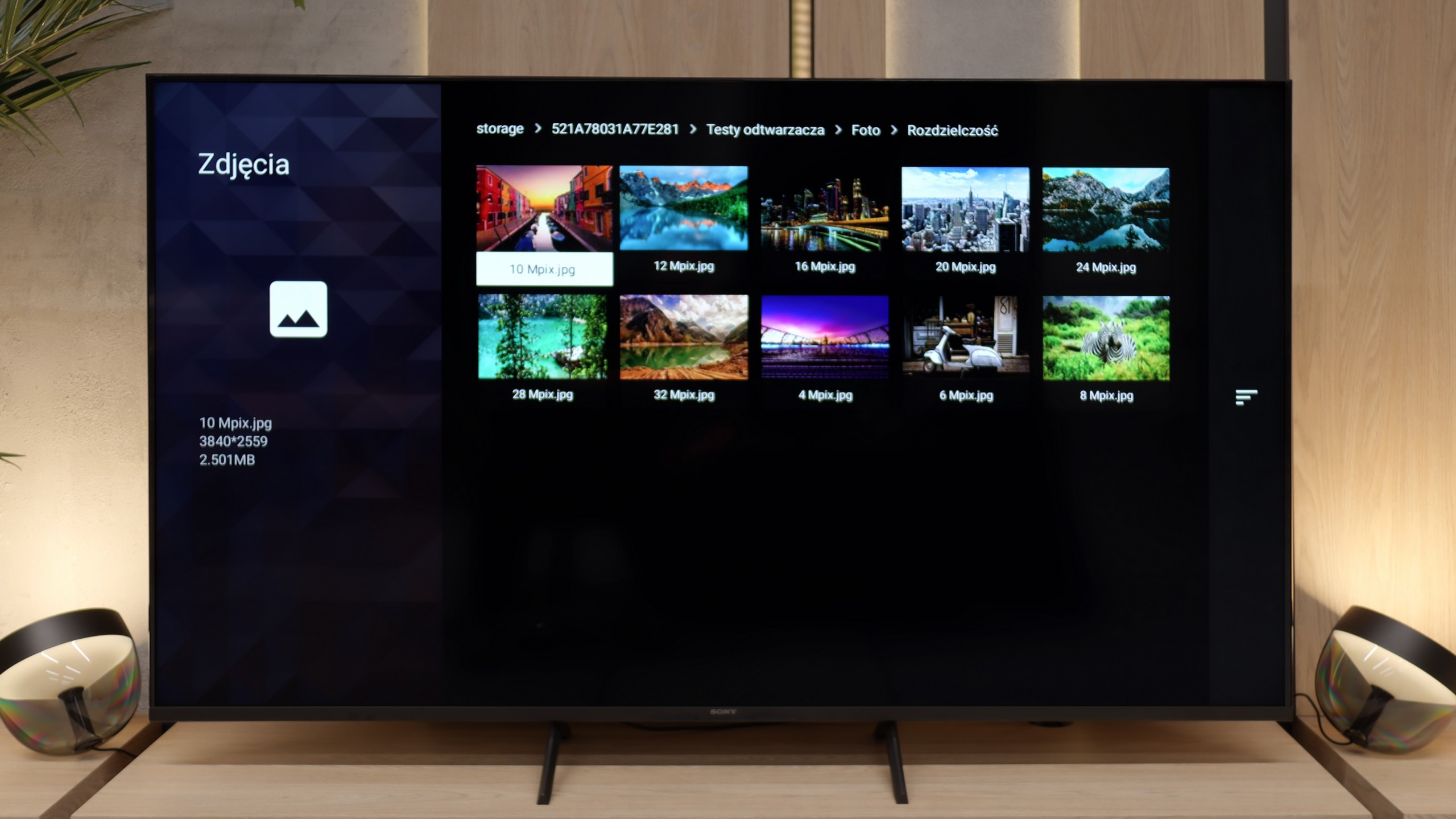The X75WL model operates on the Google TV system, an enhanced version of Android TV, providing a wide range of features that enhance the user experience. Google TV offers personalized recommendations based on user preferences and viewing history, making it easier to discover interesting content. It also provides seamless access to popular streaming apps such as Netflix, YouTube, and Amazon Prime Video, as well as full integration with the Google Play Store, allowing users to download additional apps and games. Built-in Google Assistant permits the TV to be controlled using voice commands, adding convenience.
The TV also offers a variety of practical features for everyday use. The ability to record programmes onto an external USB drive makes saving and revisiting content easy, particularly useful for live broadcasts. Additionally, the X75WL supports various peripheral devices, such as keyboards, mice, and Bluetooth headphones, further increasing its versatility. The included remote control operates via radio, meaning you don't need to aim it at the screen, making everyday adjustments like changing channels or the volume more convenient.
In terms of design, the X75WL offers a solid, if not the slimmest, appearance. The bezels around the screen are reasonably sized but not the thinnest available. However, the overall aesthetic is pleasing. The TV comes with sturdy, adjustable metal legs, allowing users to set them at different widths to suit narrow furniture spaces, adding flexibility and ease of placement.
Smart TV Features
The biggest advantage of the Bravia 3 in everyday use is the presence of the Google TV system. Thanks to it, we have access to one of the largest libraries of applications and streaming services, so regardless of whether someone mainly uses Netflix, Disney+, or smaller platforms, everything is at their fingertips. The Google Assistant also worked very well, as it was able to respond to our commands quite "smartly." The Google TV system in theory should work very smoothly because Sony has been implementing it better than many cheaper competitors for years. Unfortunately, in the case of the Bravia 3, it is not as great as we would expect. During testing, we noticed slight stutters in the interface, and some functions, such as screen mirroring, simply refused to cooperate. One could get the impression that the processor in this model sometimes struggles with the demanding system, and not everything works as smoothly as we would hope.
Classic Features
Sony, even in the cheapest series, manages to remind us of its experience with various users. In the set, we find as many as two remotes. The first is modern and minimalist, with a small number of buttons, which works great when using applications and Google TV functions. The second is a classic remote with a richer set of keys and a numeric keypad, which will be appreciated especially by older people accustomed to traditional solutions. This is a nice nod to different user groups, and it must be admitted that Sony handled this very practically. It is a pity, however, that compared to the X75WL model, the ability to record content from TV tuners to USB memory has disappeared. The manufacturer has completely eliminated this feature, so if someone was attached to it, they will unfortunately not find it in the Bravia 3.

